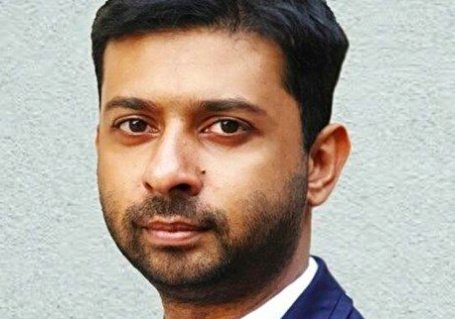- “The State-owned utility (Eskom) is fully supportive of moves by large customers to develop distributed generation plants to power their operations, as well as growing calls to lift the licensing threshold from 1 MW to 50 MW so as to accelerate these investments,” Eskom CEO Andre de Ruyter said at ENSAfrica webinar held last week
- “South Africa faced an ongoing supply crunch that could not be closed by the procurement of 13 800 MW of new utility scale capacity alone, as catered for by the Ministerial determinations gazetted to unlock investments in line with the Integrated Resource Plan,” he added
- The South African Photovoltaic Industry Association (SAPVIA) has welcomed comments made by Eskom CEO Andre de Ruyter recently in support of an increase in the license exemption cap.
Distributed generation can add capacity to the grid, reduce loadshedding, and create jobs but there must be policy and regulatory action. Nivesh Govender, the association’s COO, commented: “SAPVIA has long been engaged in advocating for the systematic easing of licensing thresholds, to unlock the significant opportunity held by distributed generation. We, therefore, welcome the support of the state-owned utility for lifting licensing thresholds from 1MW to 50MW in order to accelerate distributed generation by large customers.”
According to Govender, as a key sector player, Eskom’s support in this effort should encourage more haste in regulatory changes from the Department of Mineral Resources and Energy (DMRE) and National Energy Regulator of South Africa (NERSA).
The benefits of a specific allocation within the Integrated Resource Plan (IRP) and lifting of licensing thresholds are now common knowledge and as a key government partner in the energy space, SAPVIA remains committed to engaging and collaborating with both DMRE and NERSA to develop the required changes, he adds.
Govender explained: “Increased deployment of embedded generation capacity will release the pressure on Eskom’s already constrained supply. Simply put, distributed generation provides, rapid, clean, additional capacity to the grid.”
No one could disagree with the need for increased capacity as our economy is hamstrung by the ongoing blight of loadshedding, says Govender. “But distributed generation will also create jobs, spur localisation and industrialisation, which will be vital in driving our economic recovery. It is clear from Mr De Ruyter’s comments that Eskom has realised that they must look for alternative solutions to combat the ongoing energy crises and we are hopeful that this will be followed up with the necessary legislative changes to make this a reality.”
Author: Bryan Groenendaal















